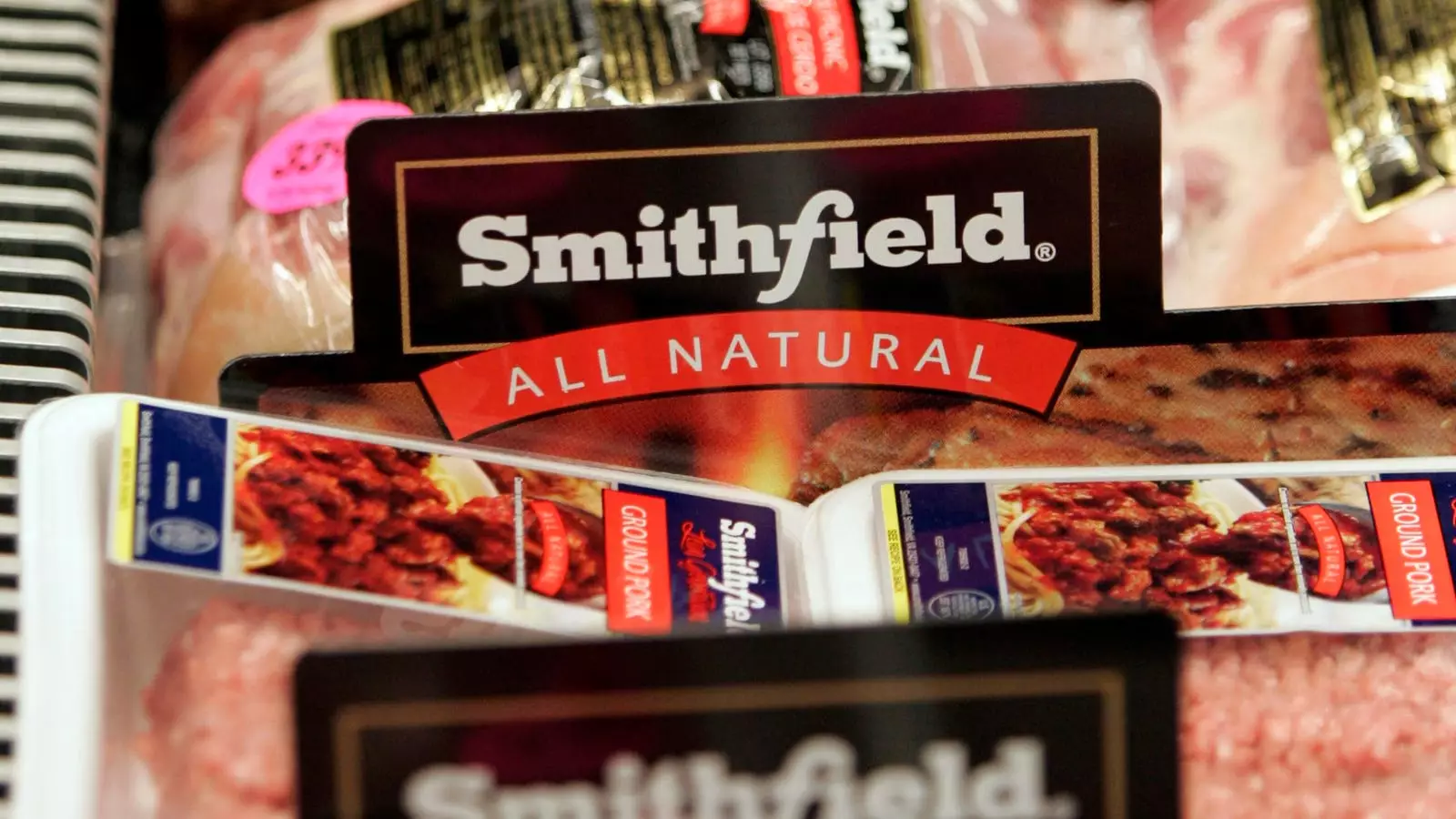This past week in Washington, D.C. has been nothing short of a whirlwind. From the unexpected dismissal of an inspector general in the Agriculture Department to high-profile confirmation hearings involving Robert F. Kennedy, Jr., the political landscape has been dynamic and, at times, tumultuous. These events, combined with looming tariffs that could impact various sectors, highlight the intricate web of economic and political factors at play in today’s society. Ongoing negotiations, policy shifts, and administrative changes reflect an administration grappling with numerous challenges on multiple fronts.
Smithfield Foods: A Case Study in Global Business Dynamics
One story drawing attention from both investors and consumers alike is the public listing of Smithfield Foods, the preeminent pork processor in the United States. The company’s acquisition back in 2013 by WH Group, a Chinese conglomerate led by billionaire Wan Long, for a staggering $4.7 billion marked a pivotal moment in corporate America, representing the largest acquisition of a U.S. firm by a Chinese entity to date. The ramifications of this deal still echo through the industry as Smithfield’s recent IPO has faced initial setbacks, casting a shadow over its long-term prospects. However, Long, with a formidable net worth estimated at $1.4 billion, remains poised to benefit from the eventual stabilization of the stock.
The fluctuations in stock performance can be attributed to various factors, including market volatility, changing consumer preferences, and broader economic trends. As a main player in the agribusiness sector, Smithfield’s fortunes are intricately tied to agricultural policies and trade dynamics, which makes its trajectory emblematic of larger economic trends. Observers are keenly watching how these factors will influence not only Smithfield’s future but also the marketplace’s overall growth.
The developments surrounding Smithfield and other agricultural entities underscore an essential narrative in contemporary America—the intersection of food supply, economics, and politics. The food industry is undergoing rapid transformations driven by changing consumer tastes, economic pressures, and regulatory considerations. There is a growing desire for transparency and sustainability, challenging traditional business models.
As we observe these shifts and their implications, media outlets like Forbes provide pivotal insights into the evolving landscape of food and agribusiness. The emergence of newsletters specifically focusing on these themes highlights the increasing awareness and interest in how food is produced, distributed, and consumed.
Reflecting on the reporting experience, there are moments of personal joy intertwined with professional duty, as seen recently at an event at the National Press Club, where conversations about current affairs were accompanied by the indulgence of a seafood feast. Such occasions remind us that food, often seen through the lens of economic statistics, continues to be a source of community and celebration—rooted deeply in culture and tradition.
As this week unfolds and we continue to glean insights from Washington, it becomes increasingly clear that the narratives we observe—ranging from political appointments to major corporate moves—will significantly shape the future of America’s food landscape. Each week promises new developments, making it essential for readers to stay informed and engaged in these evolving conversations.


Leave a Reply